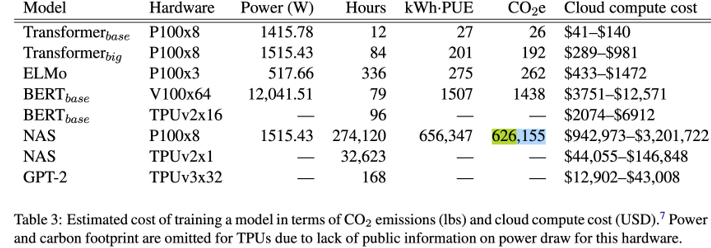UK Government Pushes AI As An Emissions Solution While Staying Silent on Its Environmental Impact
Written by Cian Mortimer on 15th July 2025

Photo: Pexels
The UK government is pushing Artificial Intelligence as a game-changer in the fight against climate change. Despite these ambitious claims though, there is a glaring oversight in the fact they are not tracking the environmental impact of AI itself.
Since 2023, the UK government has actively pursued a policy of integrating AI into various sectors to combat climate change. From optimizing energy usage to developing smarter systems for carbon reduction, AI is being positioned as a key player in the UK’s strategy for achieving net-zero emissions.
However, the Department for Energy Security & Net Zero has revealed a worrying lack of oversight when it comes to the emissions generated by the AI technologies being promoted. This raises the question: how can we measure AI’s role in reducing carbon emissions if we don’t know the full extent of its own environmental impact?

Photo: Pexels
When I reached out to the department via a Freedom of Information request, I was informed that “Emissions from Artificial Intelligence systems to combat climate change are not separately identified in government data on carbon emissions. Future emissions from the rollout of artificial intelligence systems are similarly not separately identified”.
I then responded with another FOI request asking whether or not there was any data being recorded about the emissions produced by AI in general. Their response was that: “Emissions related to Artificial Intelligence are included in government greenhouse gas emissions estimates where they occur within the UK territory, however, they are not separately identified in the data.”
The department was also given the opportunity to comment on three separate occasions but have not given any response. I also reached out to the chair of the Environment, Food and Rural Affairs Committee as it seemed like a very relevant environmental issue.
They suggested that I reach out to the committee that scrutinise the Energy Security & Net Zero Department. They said: “The subject matter pertains more to the work of the Energy Security and Net Zero Committee, please can I suggest that you reach out to them about this, as they are the Committee that scrutinises the work of that Department.”
I followed up their response by reaching out to the chair of the Energy Security & Net Zero Committee, yet I was met once again by silence. The matter of AI and climate change is such a pressing issue for the future of the planet. Yet what we have is a department Net Zero department who aren’t even looking at it, but the department and the committee who are supposed to scrutinize that department seem entirely unwilling to offer an explanation. There really isn’t much scrutiny going on at all.
The government’s policy of investing in AI to combat emissions has seen them pump millions into various AI driven programs. However, without knowing how much emissions AI produces, it is impossible to tell what the net result is. Even if AI is cutting emissions in one sector, it could still be producing more emissions than it’s cutting.
A spokesperson for Greenpeace said: “Policies to address the risks and ethical challenges raised by generative AI, even arising from the industry itself, must also address the environmental and climate risks. Currently data centers represent 1-1.5% of global electricity use, but that could grow significantly with rising demand for computational power driven by the boom in AI”.

Strubell et al, 2019.
A study by University of Massachusetts Amherst found that training a single large AI model can produce more than 626,000 pounds (approximately 285,000 kg) of CO2 emissions, equivalent to the lifetime emissions of five cars. Furthermore, increased power usage demands from data centres due to the rise of AI is set to increase by 165% before 2030. This trend mirrors energy consumption patterns from other sectors. However, AI emissions are not systematically tracked, leaving a gap in our understanding of its total environmental footprint.
The UK’s greenhouse gas emissions are not just limited to domestic sources but are also influenced by trade and global supply chains. As AI hardware and data processing power increasingly rely on international networks, these emissions further obscure the net impact of AI-driven solutions.
The government’s lack of tracking and transparency doesn’t just leave a gaping data hole either, it also weakens the credibility of the positive uses of AI and their overall climate policy. This would be a shame too, as there have been many positive steps taken in the modern era.
Overall, the government’s failure to track AI’s environmental impact undermines its claims of using the technology to reduce carbon emissions. Without data on the emissions produced by AI, it’s impossible to determine whether the technology is contributing positively to the fight against climate change or exacerbating the problem. This lack of transparency not only raises doubts about the effectiveness of current policies but also leaves the public in the dark about the true environmental cost of AI-driven solutions.







